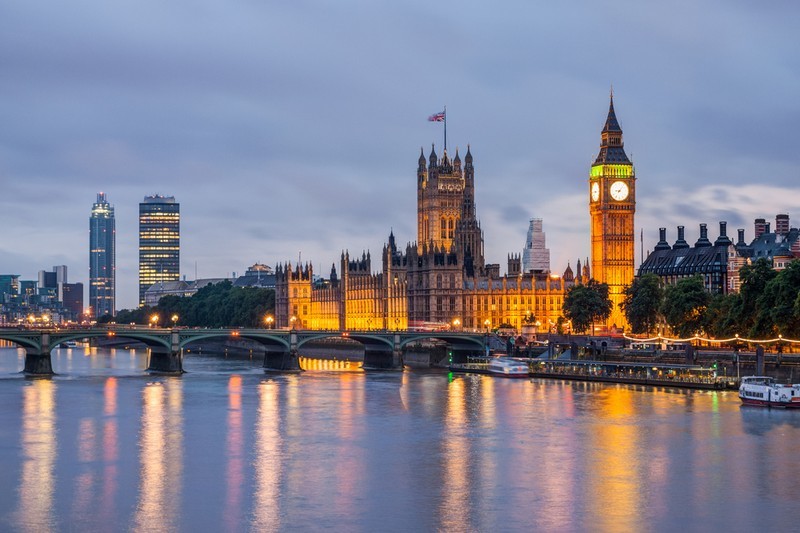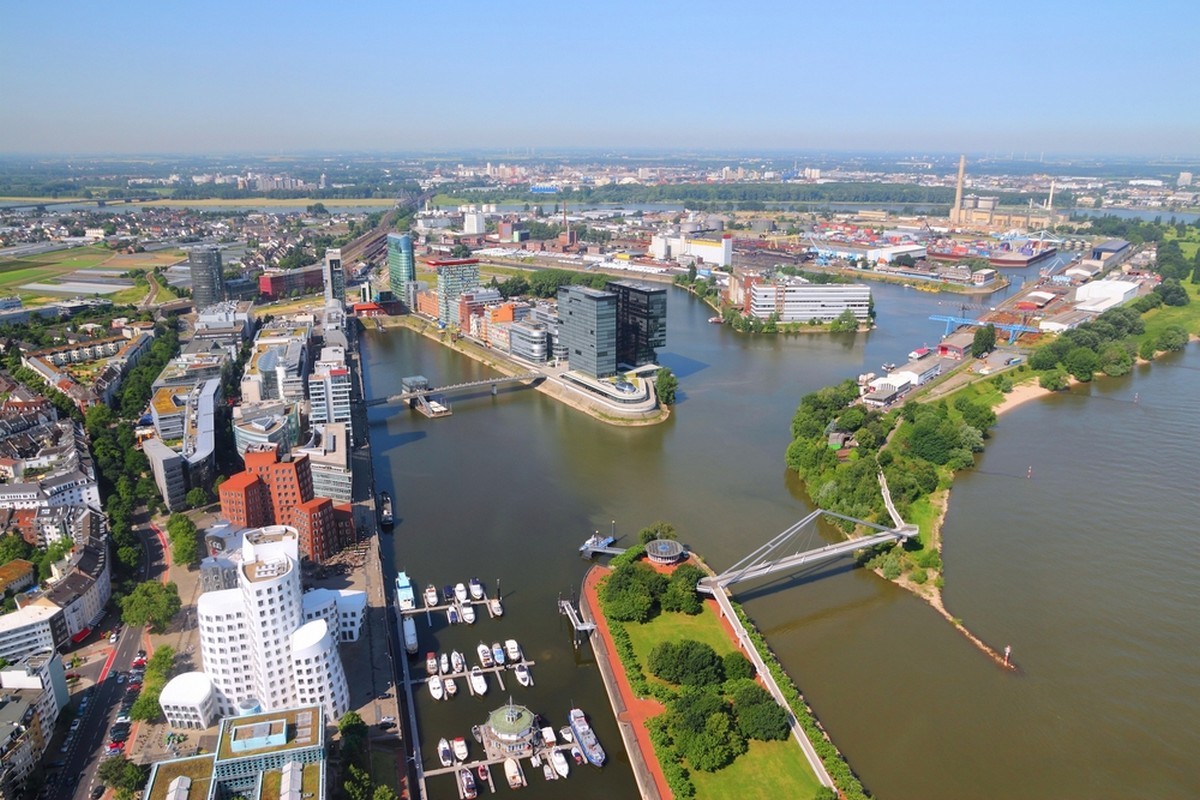5.2 The concentration of populations

Throughout human history, seas and rivers have been important channels for the movement of people and the transportation of goods. As a result, many large cities have formed either on the shore of a sea or an ocean or connected to a sea or ocean by a river. Many significant cities, such as London (pictured), Cairo, and New York, have formed along the shores of rivers.
In addition to access to seas and oceans, climatic conditions and the fertility of soil have also been important factors that have affected human decisions about where to settle.
 After the emergence of the industrial revolution during the 19th century, cities have also begun to form near different natural resources. For example, the German industrial cluster in Ruhr (pictured) makes use of the region's bountiful ore supplies.
After the emergence of the industrial revolution during the 19th century, cities have also begun to form near different natural resources. For example, the German industrial cluster in Ruhr (pictured) makes use of the region's bountiful ore supplies.
Topographic features also have a significant effect on human movement and food production. Mountain ranges are usually difficult to traverse, and food production is often ineffective on the slopes of mountains. As a result, humans have preferred low elevation areas for their villages, towns, and cities.
Nowadays, the most densely populated areas in Europe are concentrated in the central and western parts of the continent. However, the population density of even these areas is relatively small when compared to the extremely densely populated cities in Asia and Africa.